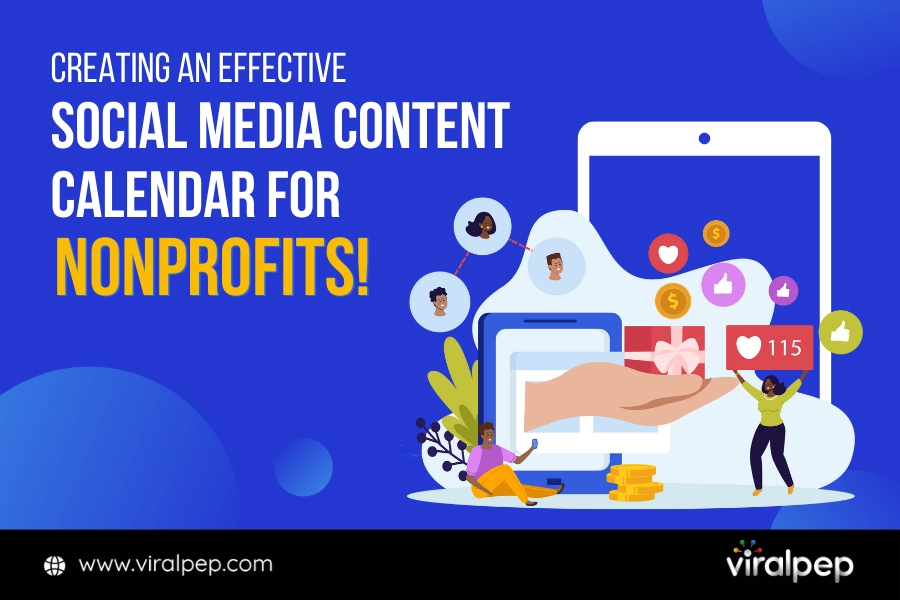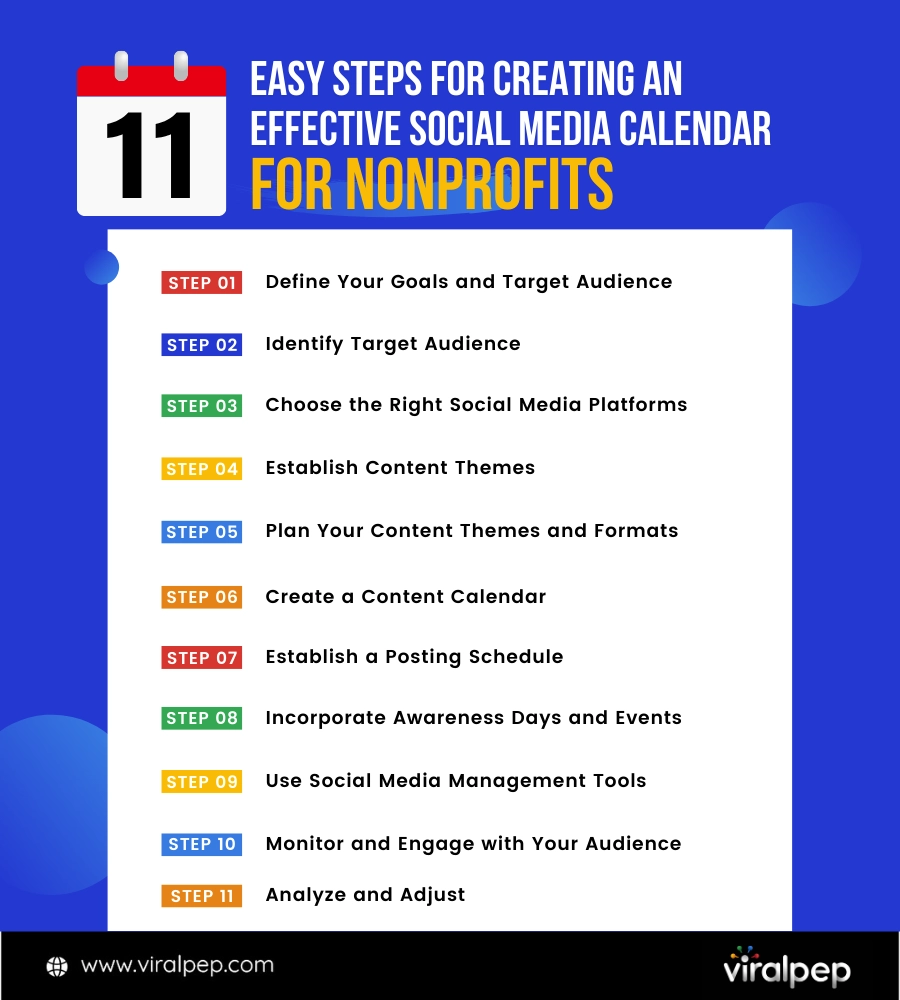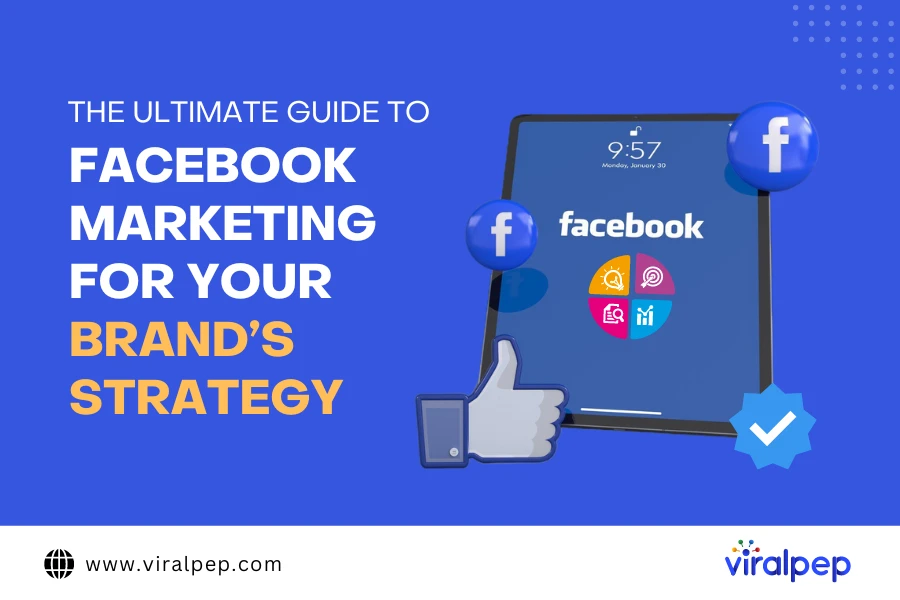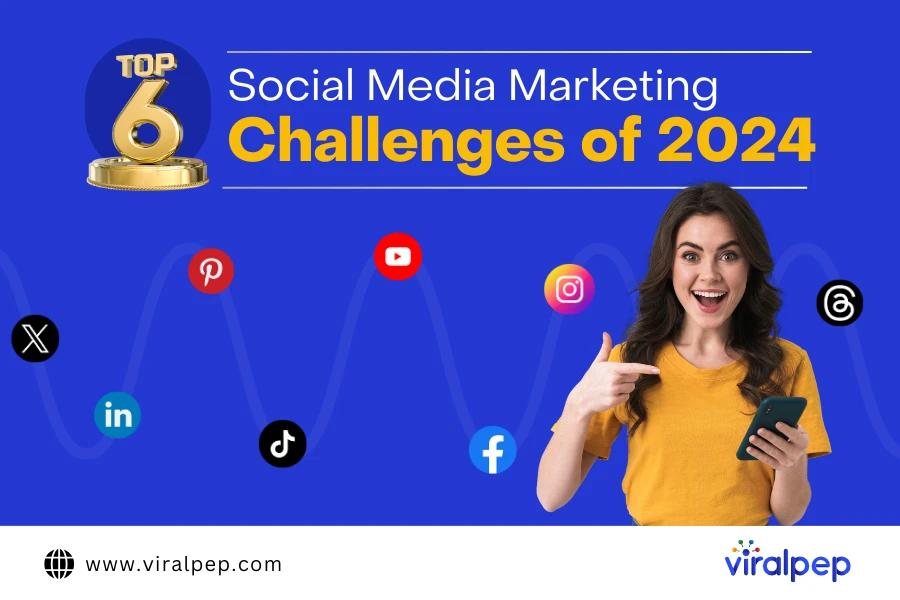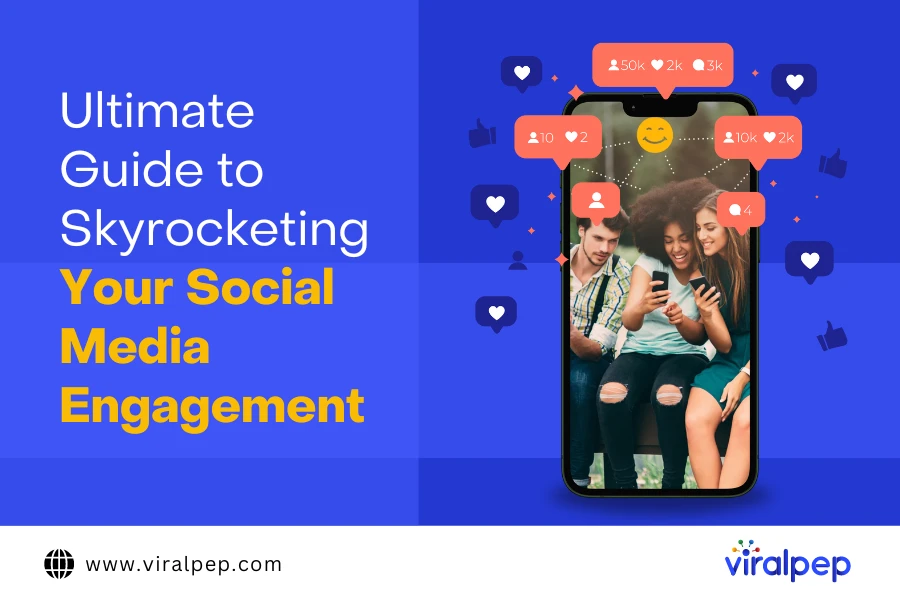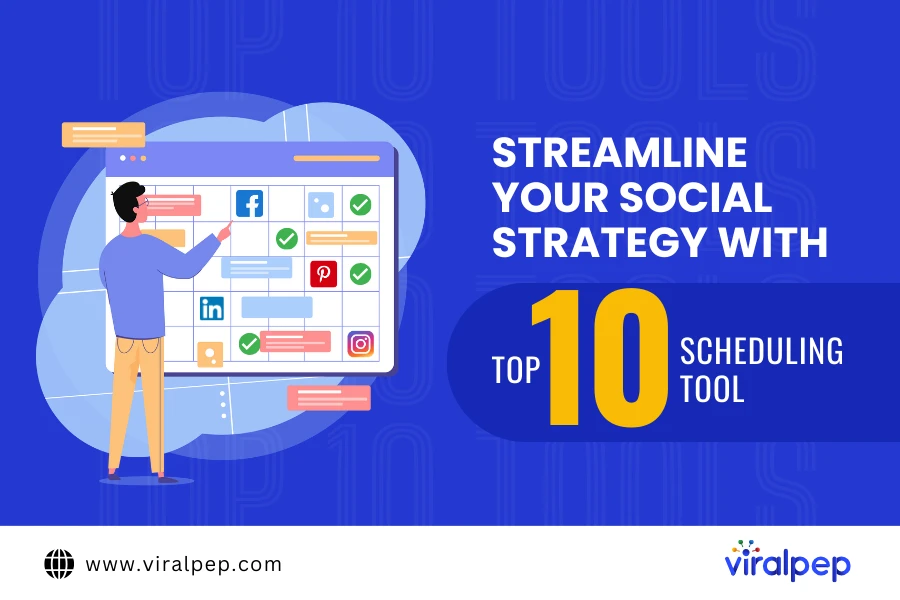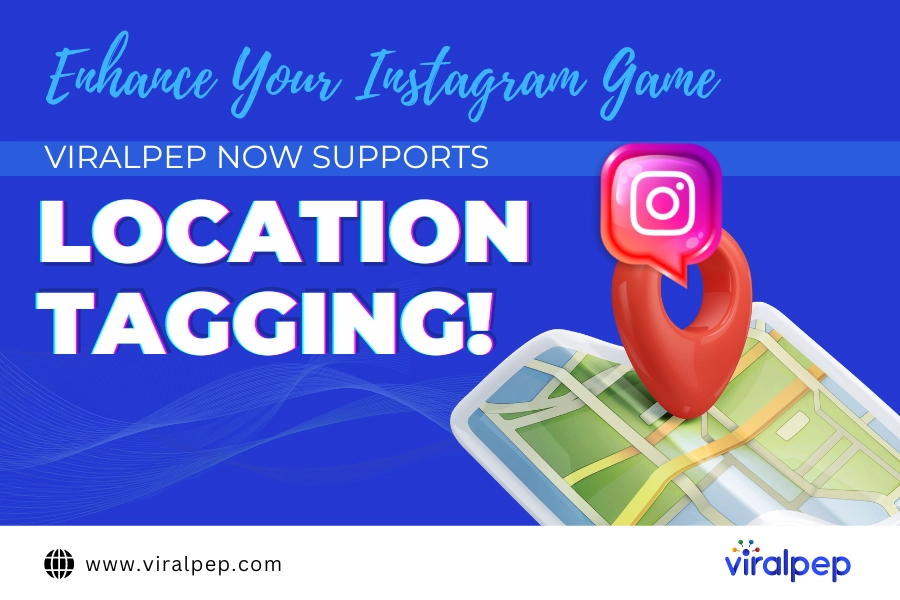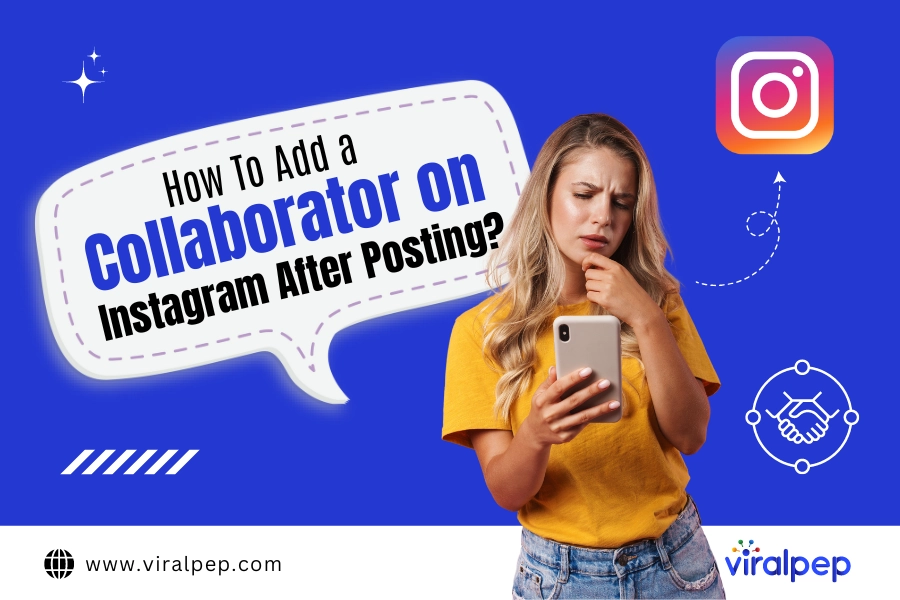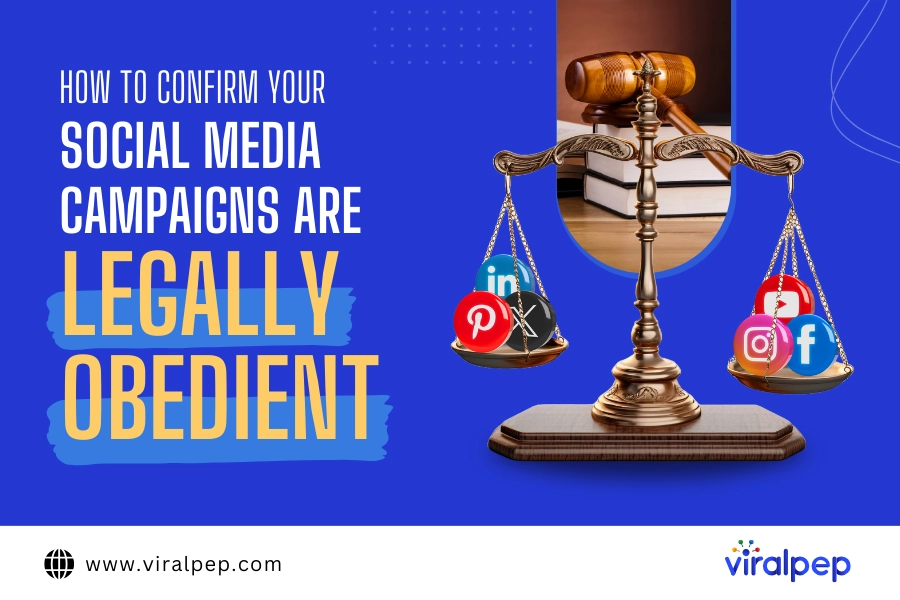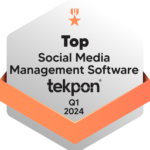Introduction
Are you ready to take your nonprofit organization's online presence to the next level? Social media has become a powerful tool to connect you with supporters, spread your message, and drive meaningful change. However, without a well-structured plan, it's easy to get lost in social media noise.
Whether new to social media or looking to revamp your current strategy, this blog is for you. We'll cover everything from defining your objectives and identifying your target audience to selecting the right platforms, planning engaging content, and measuring success.
11 Easy Steps For Creating an Effective Social Media Calendar For NonProfits
Creating a social media content calendar for nonprofits doesn't have to be complicated. By following these easy steps, you can effectively plan and schedule your social media content:
Define Your Goals and Target Audience
Before diving into content creation, it's essential to establish clear goals and identify your target audience. Define what you want to achieve through social media, whether it's raising funds, increasing volunteer participation, or spreading awareness.
Understanding your target audience's preferences, interests, and demographics will help you tailor your content to resonate with them effectively.
Identify Target Audience
Understand your target audience's demographics, interests, and preferences. This knowledge will help you tailor your content to resonate with them and maximize engagement. Consider conducting audience research or utilizing analytics tools to gain insights.
Choose the Right Social Media Platforms
Not all social media platforms are created equal, and not all platforms may suit your nonprofit's goals. Research the demographics and user behaviors of different platforms to determine which ones align with your target audience.
For example, Facebook may be ideal for reaching a broader audience, while Instagram could be more effective for visually showcasing your organization's work. Select a few platforms that offer your nonprofit's best reach and engagement potential.
Establish Content Themes
Determine the main content themes that align with your nonprofit's mission and resonate with your audience. These themes should be consistent across social media channels and reflect your organization's values and goals.
Plan Your Content Themes and Formats
The next essential step is maintaining a consistent brand voice and keeping your content relevant and engaging. Establishing content themes and formats for your social media calendar is vital.
Brainstorm content ideas that align with your nonprofit's mission and resonate with your audience. Consider using a mix of educational, storytelling, inspirational, and call-to-action content.
Experiment with different formats such as photos, videos, infographics, or user-generated content to keep your social media feed diverse and appealing.
Create a Content Calendar
Use a calendar tool or spreadsheet to plan and organize your content. Assign specific dates and times for each piece of content, considering factors like platform algorithms, peak engagement hours, and your team's availability.
Establish a Posting Schedule
Consistency is key when it comes to social media success. Establishing a posting schedule ensures your nonprofit remains active and visible to your audience.
Determine how often you'll post on each platform, considering factors such as platform algorithms and your team's capacity. However, remember that quality trumps quantity.
Having fewer high-quality posts is better than overwhelming your audience with mediocre content.
Incorporate Awareness Days and Events
Research and include relevant awareness days, holidays, or events related to your nonprofit's cause. This adds variety to your content and helps you participate in trending conversations.
Use Social Media Management Tools
Use social media management tools to streamline content creation and scheduling. These tools allow you to plan, schedule, and analyze your social media posts in one place.
Viralpep tools provide features like post scheduling, content calendar views, and analytics to help you track the performance of your social media efforts.
Monitor and Engage with Your Audience
Social media is a two-way communication channel; monitoring and engaging with your audience is crucial. Set aside time to respond to comments, messages, and mentions promptly.
Engage with your followers by liking and sharing their content, running contests or giveaways, and hosting live Q&A sessions. Building a solid online community will enhance your nonprofit's visibility and credibility.
Analyze and Adjust
Regularly monitor and analyze your social media metrics to measure the success of your content calendar.
Identify which types of posts resonate the most with your audience, the best times to post, and the engagement levels on different platforms.
Use this data to refine your content strategy and make informed adjustments to optimize your social media presence.
Following these steps, you can create an effective social media calendar for your nonprofit organization. Remember to stay consistent, engage with your audience, and adapt your strategy based on the insights you gather.
What Are the Essential Things You Need To Consider in Your Social Media Calendar?
Creating a well-rounded social media calendar involves including various content types and themes. Here are some key elements to consider including:
- Promotional Content: Share updates about your organization's events, campaigns, fundraising initiatives, or volunteer opportunities.
- Educational Content: Provide valuable information about your nonprofit's mission, cause, or industry. Educate your audience through blog posts, articles, infographics, or videos.
- User-Generated Content: Showcase content created by your supporters or community members. It can be testimonials, stories, or photos highlighting your organization's impact.
- Behind-the-Scenes Content: Give your audience a glimpse into the daily operations of your nonprofit. Share stories, photos, or videos that showcase your work and the people behind it.
- Inspirational Content: Share uplifting stories, quotes, or success stories related to your cause. Inspire and motivate your audience to get involved and make a difference.
- Call-to-Action Content: Encourage your audience to take action. Whether signing a petition, donating, or volunteering, provide clear calls to action that support your nonprofit's goals.
- Relevant Holidays and Awareness Days: Incorporate appropriate holidays, observances, or awareness days that align with your nonprofit's mission. It adds variety to your content and allows you to join essential conversations.
- Engaging Questions and Polls: Encourage audience interaction by asking questions, hosting polls, or seeking their opinions. This helps foster engagement and creates a sense of community.
- Shareable Content: Create easily shareable content that appeals to your audience's interests. This can include captivating visuals, infographics, or videos that are likely to be shared by your followers.
- Content Repurposing: Repurpose existing content, such as blog posts or videos, into bite-sized social media posts. This allows you to extend the life of your content and reach a wider audience.
Remember to tailor your content mix based on your nonprofit's goals, target audience, and the platforms you use. Regularly review and analyze your social media analytics to understand what resonates best with your audience and adjust your content calendar accordingly.
Conclusion
Creating an effective social media content calendar for your nonprofit organization is crucial in maximizing your online impact.
You can maintain a consistent and engaging presence on social media by defining your goals, understanding your audience, planning your content, and using the right tools.
Regularly analyze your performance and adapt your strategy to ensure your nonprofit's mission reaches a broader audience and makes a lasting impact in the digital realm.
FAQs
Why is a social media calendar important for nonprofits?
A social media calendar is essential for nonprofits as it helps them organize and plan their content. It ensures consistency, relevance, and maximum impact, allowing nonprofits to effectively engage with their target audience, raise awareness, and drive their mission forward.
How do I determine my target audience for social media?
Determining your target audience for social media involves understanding their demographics, interests, and preferences. Conducting audience research, analyzing social media insights, and utilizing tools like Google Analytics can provide valuable insights to identify your target audience effectively.
Which social media platforms should nonprofits focus on?
The choice of social media platforms for nonprofits depends on their specific goals and target audience. Popular platforms like Facebook, Instagram, Twitter, LinkedIn, and YouTube are often effective for nonprofits. Research each platform’s demographics and user behaviors to determine the ones that align best with your organization’s goals and effectively reach your target audience.
How often should I post on social media for my nonprofit?
Social media posting frequency depends on your audience’s preferences, platform algorithms, and team’s capacity. It’s important to balance being active and overwhelming your audience. Consistency is key, so aim for a regular posting schedule that you can maintain, even a few times per week.
How do I measure the success of my social media efforts?
To measure the success of your social media efforts, you can utilize platform analytics provided by social media platforms themselves or use third-party tools. Key metrics to track include engagement (likes, comments, shares), reach, click-through rates, conversions (e.g., donations or sign-ups), and overall growth in followers.
Can I incorporate awareness days and events into my social media calendar?
Incorporating awareness days, holidays, and events related to your nonprofit’s cause is a great way to add variety and relevance to your social media content. Research and identify relevant dates that align with your mission and integrate them into your social media calendar. It helps you participate in trending conversations, connect with your audience, and amplify your nonprofit’s message.


